South Korea
2022 Sets Record for Launch Success Through June 30 Amid Busy Commercial Payload Pace

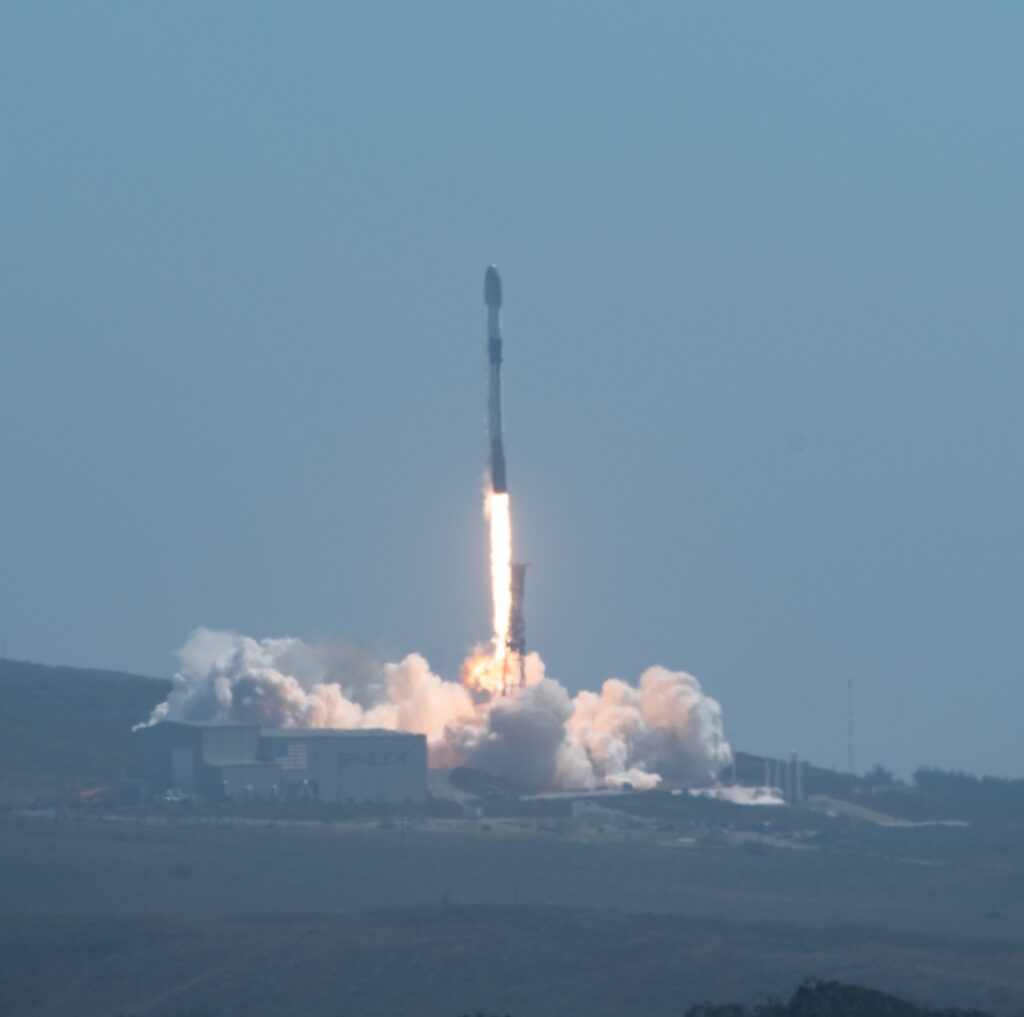
The first six months of 2022 saw a record pace of space launches, matching the mark of 75 set in the first half of 1967. And through June 30, the year saw a record pace for successful launches, topping the mark of 70 set in 1984.
Government Space Spending Increases 19% from 2020 to 2021
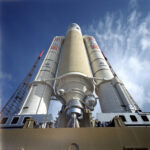
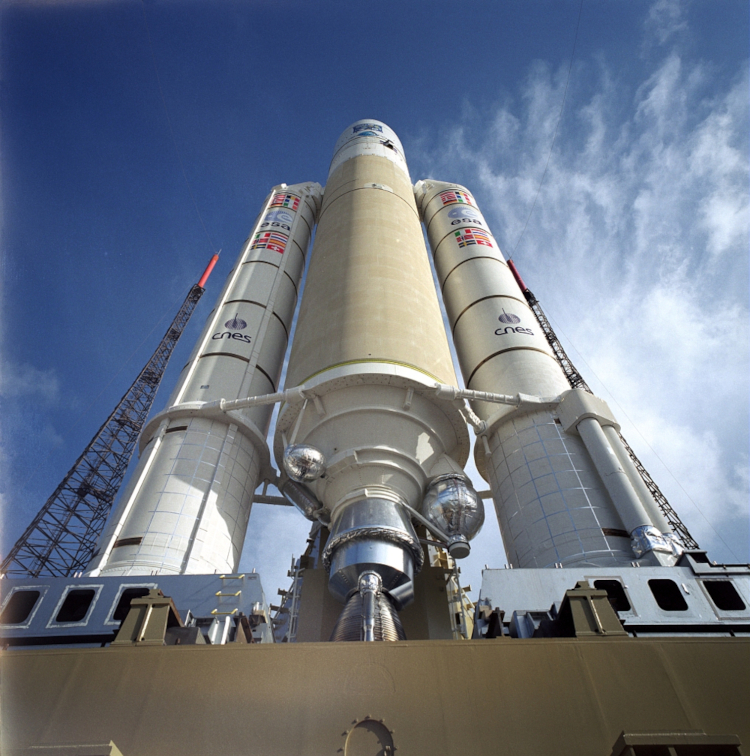
Total government space spending in 2021 reached $107 billion, a 19% increase from 2020, based on Space Foundation analysis. Space Foundation examined government space spending of 46 nations, including 14 nations new to the analysis this year.
KARI Annual Expenditure (millions USD), 2010-2020
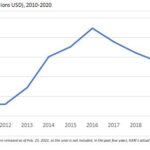
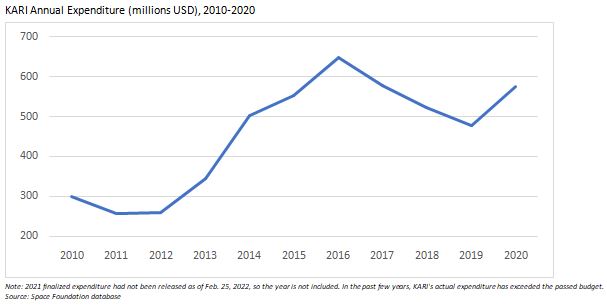
South Korea is intent on building its space program, as this look at its national space agency budget reflects.
2022 TSRQ1 – Nation in Review: South Korea
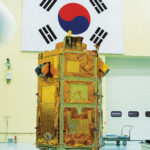
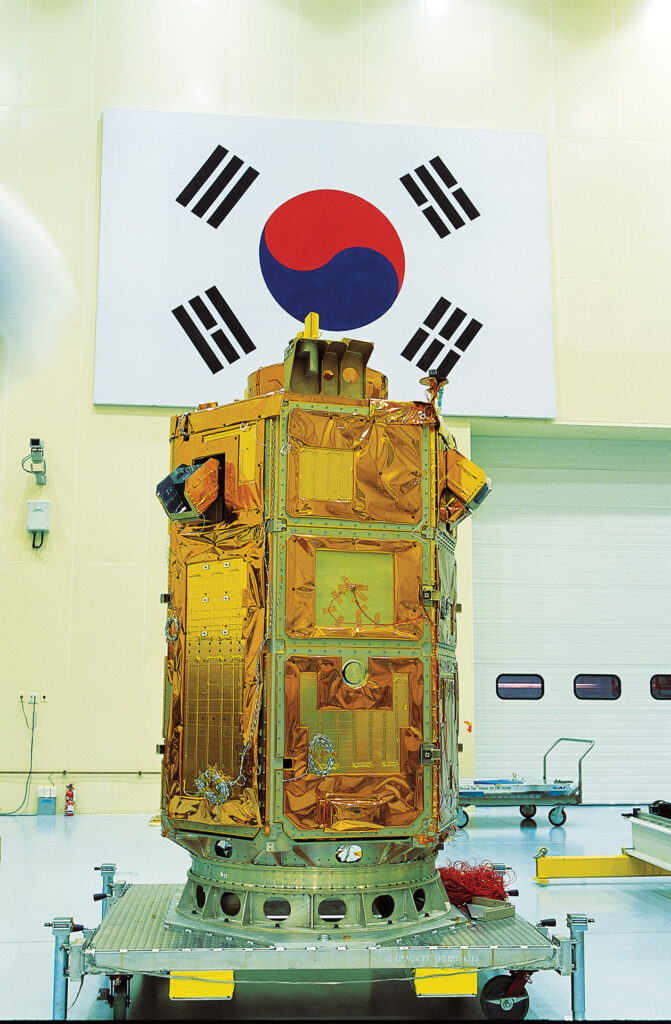
South Korea is a relatively new actor in space and has a smaller presence in space than other nations. However, government leaders have ambitious goals for the future . . .
Launch Attempts by Country and Mission Sector, 2021
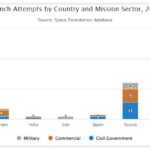

This interactive chart tracks 2021 launch attempts and shows that commercial launches have become the largest mission sector in the United States.
Global Orbital Launch Attempts, 2021
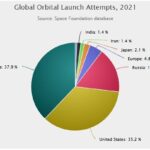
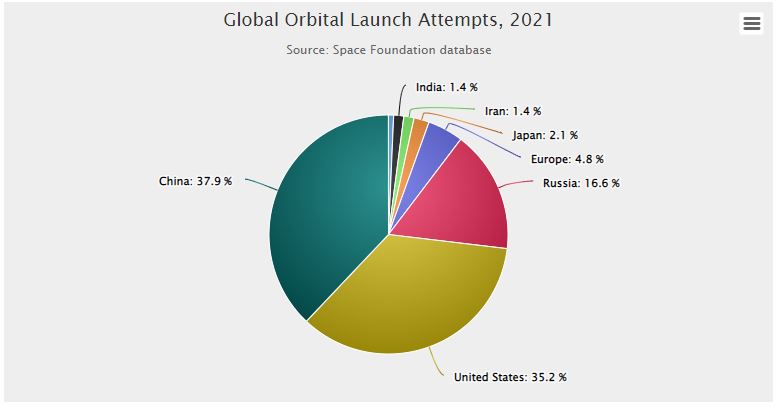
Seven nations conducted orbital launches in 2021, with China, the United States and Russia continuing a years-long lead in launch activity.
Launch Analysis: 2021 Sets Record for Successful Orbital Launches
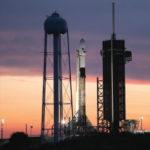
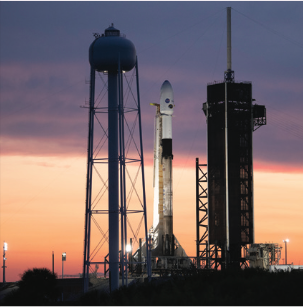
Successful launches soared past annual records in 2021 with 134, beating out the previous record of 128 launches, last met in 1984. Chinese launches grew by. . .
2021 TSR – Space Symposium Special Edition: Three Dimensions of Building Toward a Sustained Lunar Return
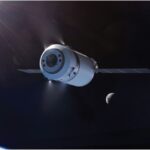
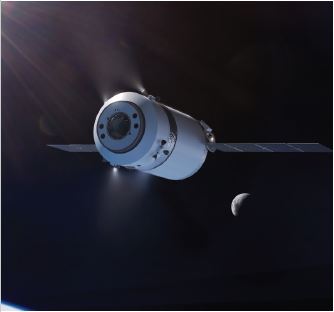
The Moon is re-emerging as a focus for global space exploration activities at a level and tempo that will surpass the peak of lunar activities during the space race of the 1960s and 1970s. Governments and commercial entities . . .
2021 TSR – Space Symposium Special Edition: Global Space Economy Climbs Despite Pandemic, Disrupted Government Spending


The global space economy reached a new high of nearly $447 billion in 2020, an increase of 4.4% from a revised 2019 figure of $428 billion. The 2020 figure is 50% greater than a decade ago, and 176% greater than . . .
2020 Global Space Economy Climbs Despite Turbulent Year, Disrupted Government Spending

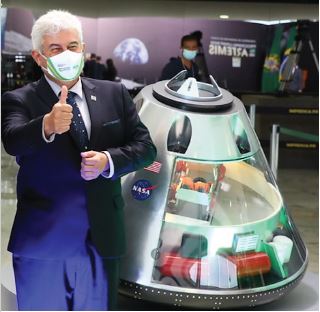
International successes in space, such as the Hope, Perseverance, and the Zhurong missions to Mars, don’t happen without years of advance government spending. In 2020, as nations struggled to overcome a global pandemic, space spending varied widely across countries and agencies.